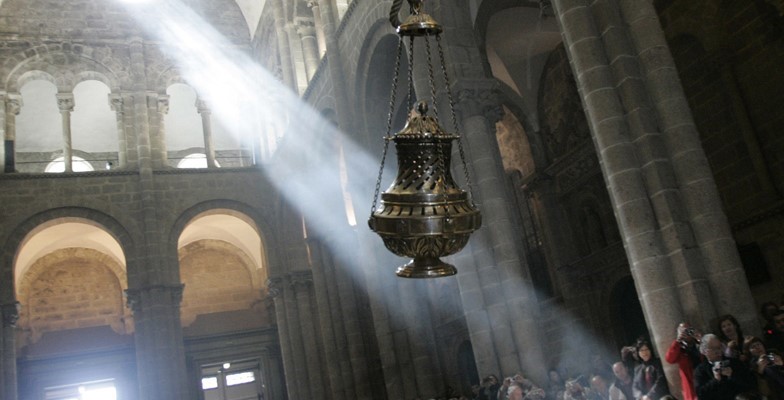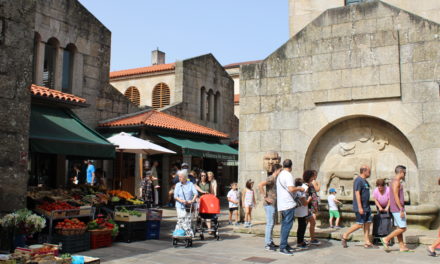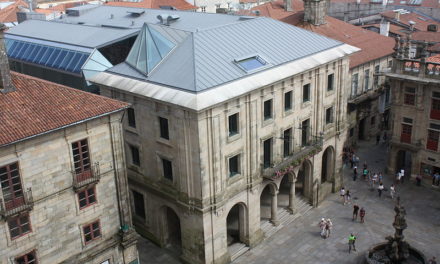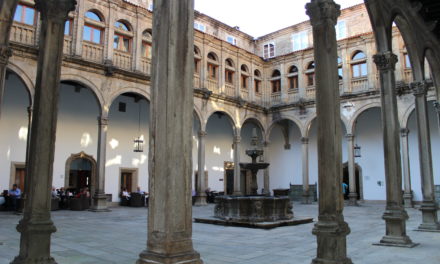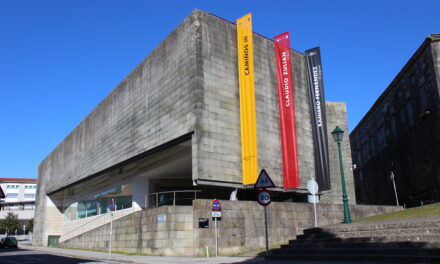The most famous and indispensable of the traditions is the one that takes the pilgrim to the high altar of the cathedral: to embrace to the Saint, and later to visit his tomb in the crypt. The embrace or “tightening”, as it is called in Galician, is given to the sculpture of Santiago that presides over the Great Altar, a stone carving of medieval origin, ornamented and clad in the Baroque style. The visit to the crypt is a more modern ritual, dating from the end of the nineteenth century, because until that date the tomb remained inaccessible, even lost, for centuries. From 1885 a papal bull allowed and promoted visits to venerate the relics of Santiago and his disciples and this has now become a tradition.
Apart from visiting to the main altar, the most important ritual of the cathedral and most appreciated by pilgrims – whether they be religious or not – is known as the “Pilgrim’s Mass”. It is a mass that takes place at noon, and is especially celebrated for pilgrims. Throughout the Mass, the priests who officiate make pilgrims participate in naming their countries of origin, in addition, pilgrims who wish can participate in the readings. During recent years at the end of the ceremony you can see the famous “botafumeiro” of the cathedral. The great censer had for centuries not only a liturgical function but also one of fumigating the environment. Today it retains its ritual function and has become almost a spectacle, because with its great weight and proportions it is really quite extraordinary to see it swinging back and forth, high above the main aisle of the church.
One of the oldest rites that survives in the cathedral is one that is linked to the celebration of Holy Years. During those years it is possible to enter the cathedral through a special door: the Holy Door. Although this doorway was made during the Baroque era, it is quite possible that the ritual is older, perhaps as far back as the original celebrations of the Holy Years in the cathedral, which many researchers date from the end of the fifteenth century.
Another tradition of medieval origin that somehow still remains in force is that of visiting the roofs of the cathedral. In the past the pilgrims climbed up to these stone promontories to burn their clothes at the foot of the cross known as “two rags” (of the rags). Today the burning of clothes is not possible, but there is a guided tour in several languages that will leave no pilgrim indifferent.
Finally, we cannot fail to recommend that pilgrims visit the chapel of the Corticela, traditionally a parish for foreigners who lived or arrived in Compostela. For this reason, conversions and marriages of pilgrims who came to the city were traditionally celebrated in the chapel for centuries. This tradition has partially been recovered today, for in recent years the number of marriages between pilgrims who decide to marry in the chapel has continued to grow. Whoever visits it may also leave a written petition or wish at the foot of the stone image of Christ on the Mount of Olives which may be found at a side altar.

